Introduction to Cellyte Batteries
Cellyte batteries stand as a robust category of energy storage solutions, designed to cater to a variety of applications where reliable power is essential. These batteries are known for their durability and ability to provide stable performance under various conditions.
Types and Applications
There are several types of cellyte batteries, each suited to specific applications. From industrial uses in UPS systems to backup power for telecommunications, these batteries are versatile. They are also commonly used in renewable energy systems, such as solar and wind power, to store energy efficiently.
Technical Specifications
When considering a cellyte battery, it's important to understand its technical specifications. This includes the battery's voltage, capacity, and discharge rate. These specifications are crucial in ensuring that the battery will meet the energy demands of the application for which it is intended.
Features and Materials
The construction of a cellyte battery involves high-quality materials that contribute to its longevity and efficiency. Features may include maintenance-free operation, leak-proof design, and resistance to vibrations and shocks. The materials used in these batteries are typically robust, with corrosion-resistant plates and durable separators.
Advantages of Cellyte Batteries
The advantages of using a cellyte battery are numerous. They offer a reliable power source with a long service life and minimal maintenance requirements. Their ability to withstand extreme temperatures and environmental conditions makes them an ideal choice for critical systems.
Environmental and Safety Considerations
Safety and environmental considerations are paramount when dealing with cellyte batteries. They are designed to be environmentally friendly, with recyclable components and non-hazardous materials. Safety features include flame retardant containers and built-in mechanisms to prevent overcharging and deep discharge.









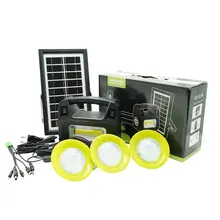

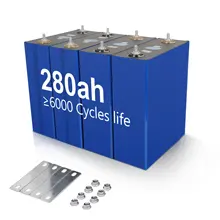


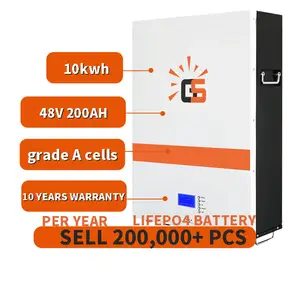

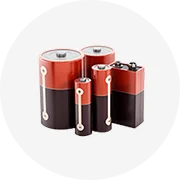
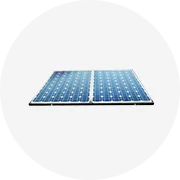
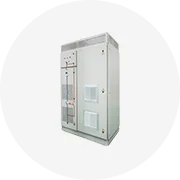
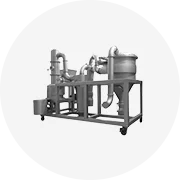

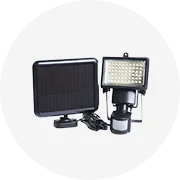
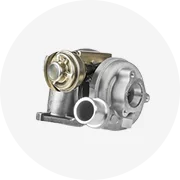
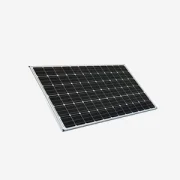








 浙公网安备 33010002000092号
浙公网安备 33010002000092号 浙B2-20120091-4
浙B2-20120091-4